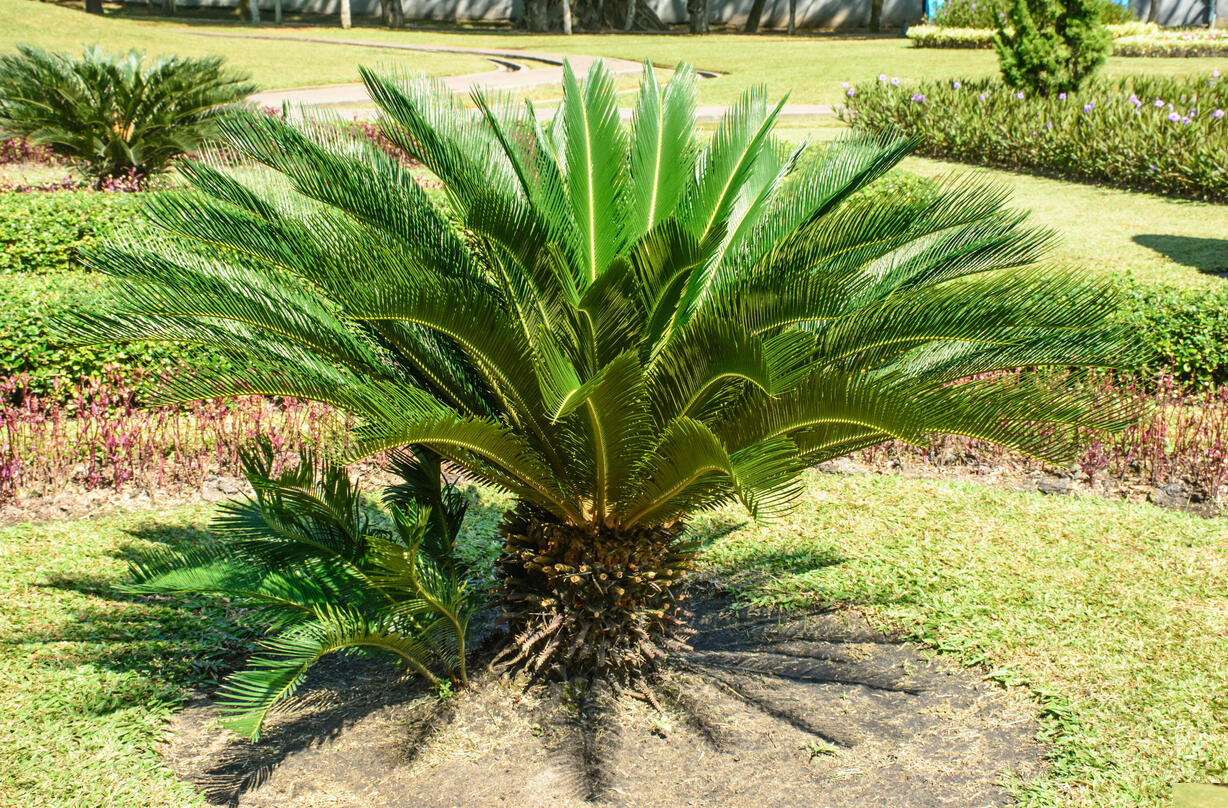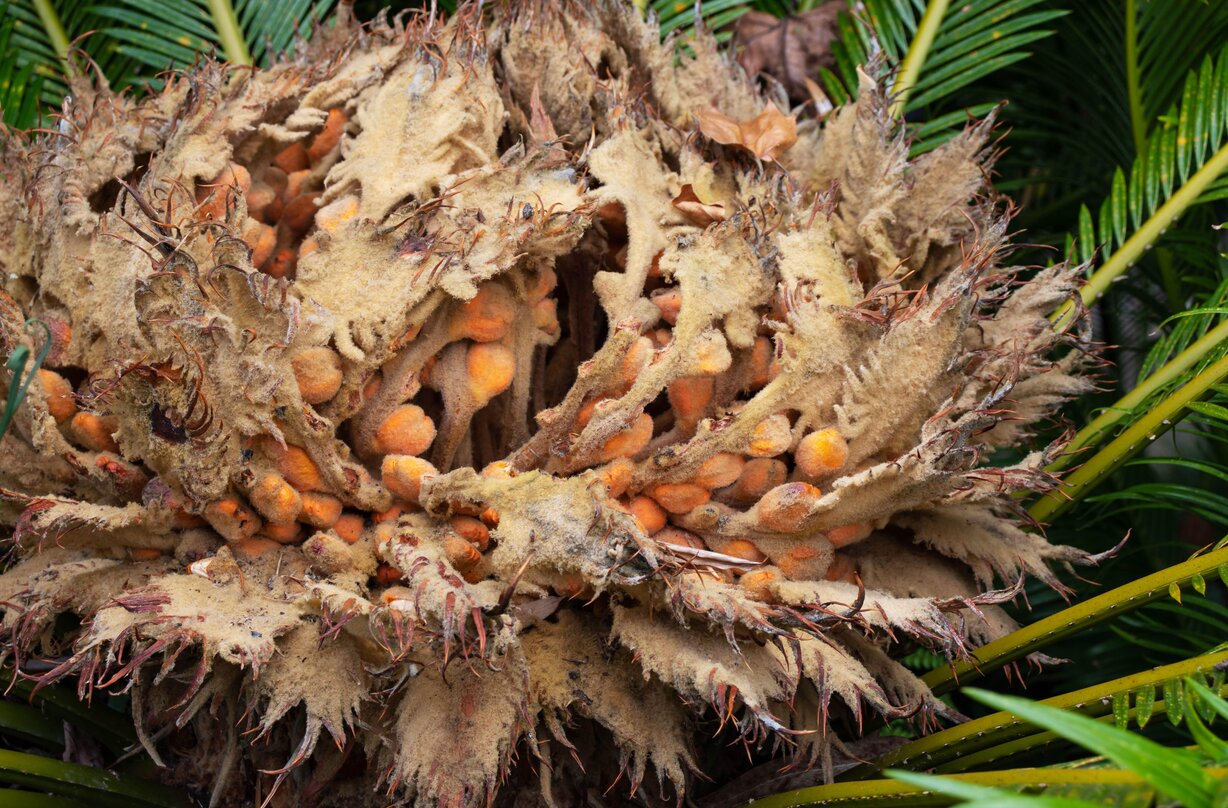Pet owners urge others to check their gardens after common plant killed their beloved dog


Pet owners have been urged to check the greenery they have in their homes and gardens after a common plant claimed the life of a dog.
Heartbroken animal lover Dave Scheuermann lost his one-year-old pooch Sofie last month after she ate part of a deadly plant that was in his back garden and he now wants to warn other pet owners to check for toxic risks in their own gardens.
“I got so angry about it. How can someone not know that something this deadly is around? If every vet would have a warning poster in their office, people would know … none of them do … nobody knows.”
He explained, “We had a larger dog for over 10 years who never had a diagnosed episode with this toxic plant,” he said. “We’ve lived in this house since 1986 and we had it landscaped and the landscaper put in sago palms in 1999. We had a dog for 13 years and if she ever had an issue with the plant we never knew about it.”

Mr Scheuermann first noticed something was wrong when he let his dogs Cookie, Blue and Sofie out in his back yard to play. He said Sofie returned indoors displaying signs of an upset stomach. "When Sofie came inside she was gagging and threw up three times, so we took her dog to the vet,” he said. “It was diagnosed as GI problems.”
But her symptoms worsened in the coming days and he rushed her to the MedVet emergency clinic. It was the MedVet employee who showed a picture of a sago palm and asked if there were any near their home.
And his son immediately identified the tree was the same as one in their back garden but the dog was pronounced dead.
GoodtoKnow Newsletter
Parenting advice, hot topics, best buys and family finance tips delivered straight to your inbox.

According to Pet Poison Helpline’s website, all parts of the sago palm are considered poisonous, with the seeds being the most toxic part of the plant. The site states, 'Sago palm contains cycasin, which is the primary active toxic agent resulting in severe liver failure in dogs. Clinical signs include vomiting, diarrhoea, lethargy, inappetence, abnormal fluid accumulation in the abdomen, abdominal pain, jaundice and black-tarry stool.'
Mr Scheuermann added, "This is a totally preventable thing. The feeling of, ‘My God, I had no idea,’ is what is the worst thing about it.”

Selina is a Senior Family Writer for GoodtoKnow and has more than 16 years years of experience. She specialises in royal family news, including the latest activities of Prince George, Charlotte, Louis, Archie and Lilibet. She also covers the latest government, health and charity advice for families. Selina graduated from the University of Sheffield in 2006 with a degree in Journalism, and gained her NCTJ and NCE qualifications. During her career, she’s also written for Woman, Woman's Own, Woman&Home, and Woman's Weekly as well as Heat magazine, Bang Showbiz - and the Scunthorpe Telegraph. When she's not covering family news, you can find her exploring new countryside walking routes, catching up with friends over good food, or making memories (including award-winning scarecrows!)